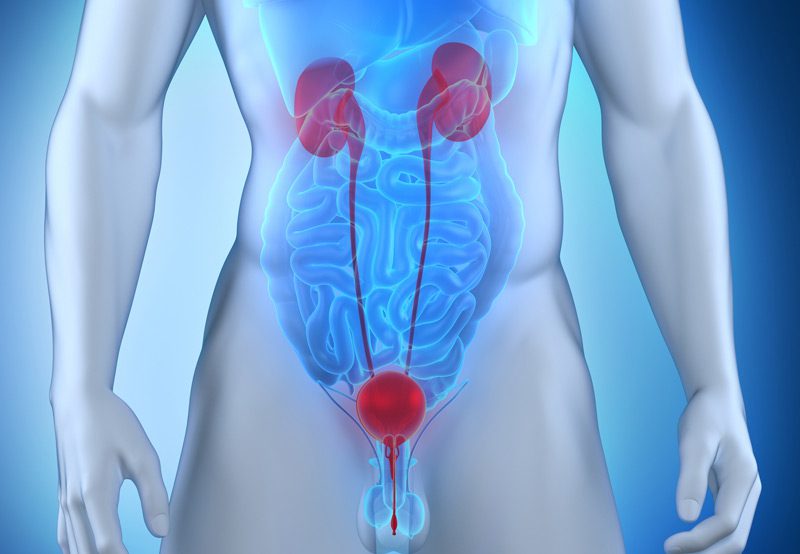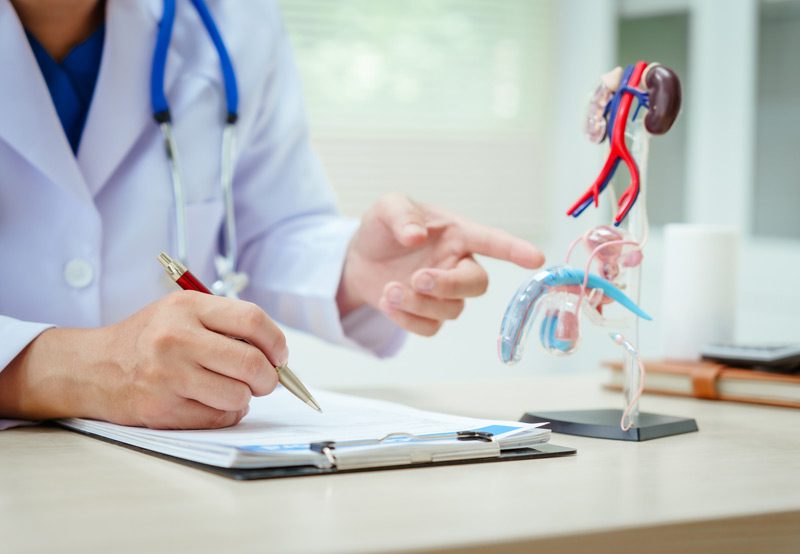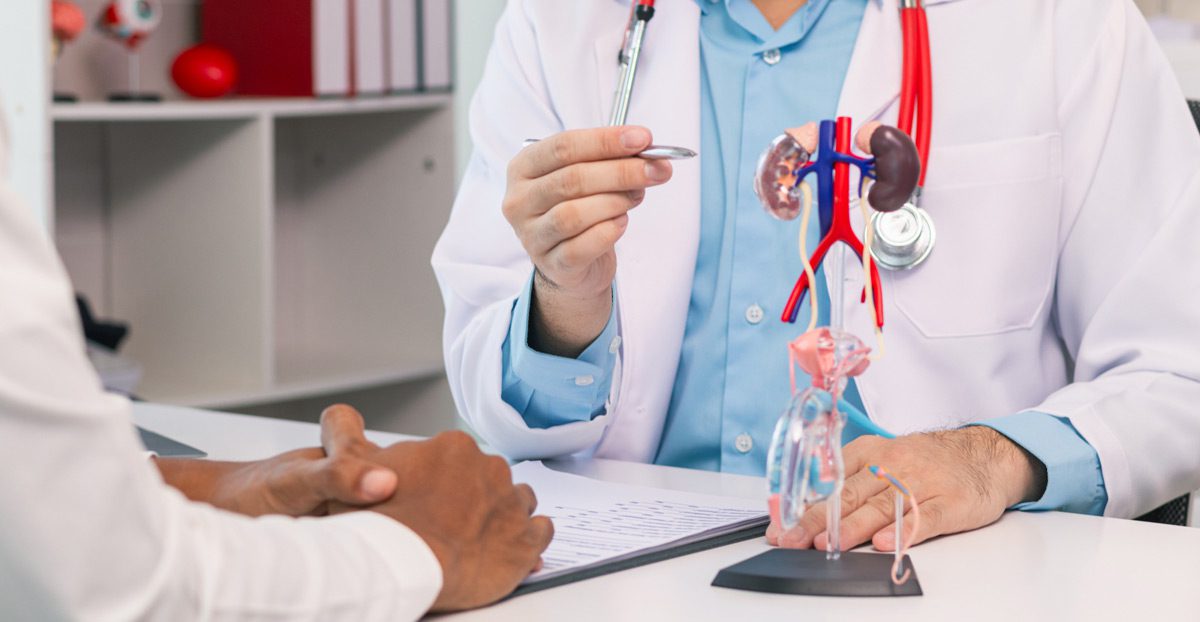

Urinary tract obstruction occurs when the normal flow of urine is partially or completely blocked anywhere along the urinary tract, including the kidneys, ureters, bladder, or urethra. This condition can lead to urinary retention, kidney damage, infection, and significant discomfort. Prompt diagnosis and intervention are essential to prevent permanent loss of kidney function.
Causes of Urinary Tract Obstruction
Obstructions can occur for a variety of structural or functional reasons. Common causes include:
- Kidney Stones: These can lodge in the renal pelvis or ureters, blocking urine flow.
- Ureteropelvic Junction (UPJ) Obstruction: A narrowing where the ureter meets the kidney.
- Ureteral Strictures: Scar tissue that narrows the ureter, often from previous surgery, infection, or trauma.
- Bladder Outlet Obstruction: Often due to benign prostatic hyperplasia (BPH), prostate cancer, or urethral strictures.
- Tumors or Masses: In the kidney, ureter, bladder, or adjacent structures that compress the urinary tract.
- Congenital Abnormalities: Such as duplicated ureters or ectopic ureter insertion.

Symptoms of Urinary Tract Obstruction
Symptoms depend on the location and severity of the blockage. They may include:
- Flank or abdominal pain
- Decreased urine output or urinary retention
- Frequent or urgent urination
- Hematuria (blood in urine)
- Recurrent urinary tract infections
- Nausea and vomiting (if kidneys are involved)
- Fever and chills (with infection)
Diagnosis
A detailed evaluation is necessary to determine the exact location and cause of the obstruction. Common diagnostic tools include:
- Urinalysis and Urine Culture: To assess for infection or hematuria.
- Ultrasound or CT Scan: To visualize blockages, kidney swelling (hydronephrosis), or masses.
- Nuclear Renal Scan: To evaluate kidney drainage and function.
- Cystoscopy: To inspect the urethra and bladder directly.
- Urodynamic Studies: If bladder dysfunction is suspected.
Treatment Options
Treatment is tailored to the underlying cause, the degree of obstruction, and the patient’s overall health:
- Ureteral Stent or Nephrostomy Tube: Temporary relief to allow urine drainage from the kidney.
- Stone Removal: Via ureteroscopy, shockwave lithotripsy, or percutaneous nephrolithotomy.
- Prostate Surgery: TURP or robotic prostatectomy for BPH-related obstruction.
- Stricture Management: Including dilation, urethrotomy, or urethroplasty.
- Tumor Resection or Biopsy: If a mass is causing compression or blockage.
- Reconstructive Surgery: Such as pyeloplasty or ureteral reimplantation for anatomical abnormalities.
Next Steps
If you are experiencing symptoms of urinary obstruction, especially persistent flank pain, infections, or reduced urine output, consult a urologist promptly. Early detection and treatment are critical to preserving kidney function and preventing complications. Comprehensive imaging and evaluation can help determine the most effective treatment strategy.
